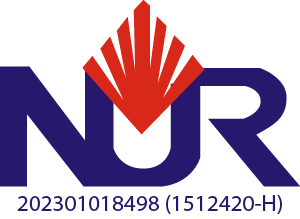Safety Fire Drill And Inspection
Safety Fire Drill and Inspection are two critical components of fire safety measures in any organization or building. Both activities aim to enhance preparedness, ensure compliance with safety regulations, and minimize the risks associated with fires. Here are more details about each:
- Safety Fire Drill:
A safety fire drill is a simulated emergency exercise that involves the orderly evacuation of occupants from a building or premises to a designated assembly point. The purpose of a fire drill is to test and practice the effectiveness of the organization's evacuation procedures and to familiarize occupants with the necessary actions to take in the event of a real fire emergency. Here are some details about safety fire drills:
a. Scheduled Drills: Fire drills are typically scheduled at regular intervals, as required by local fire safety regulations or the organization's policies. Common frequencies are once every six months or annually.
b. Evacuation Routes: During the fire drill, occupants are guided to follow the designated evacuation routes, which should be clearly marked and known to all building occupants.
c. Alarm Activation: The fire alarm system is activated to simulate the alerting of occupants in case of a real fire emergency. This allows people to practice their response to the alarm signal.
d. Role of Wardens: Trained fire wardens or designated personnel play a crucial role in guiding and assisting occupants during the drill. They ensure that everyone evacuates safely and swiftly.
e. Evaluation and Improvement: After each fire drill, a debriefing session is conducted to assess the effectiveness of the evacuation process and identify areas for improvement.
- Fire Inspection:
A fire inspection involves a thorough examination of the building or premises to assess the fire safety measures, identify potential hazards, and ensure compliance with fire safety regulations. The inspection is conducted by fire safety officials, building management, or qualified fire safety inspectors. Here are some details about fire inspections:
a. Frequency: Fire inspections may be conducted regularly, typically annually or as required by local regulations. High-risk buildings or premises may be subject to more frequent inspections.
b. Inspection Checklist: Inspectors use a checklist to assess various fire safety aspects, including the presence and functionality of fire alarms, fire extinguishers, emergency lighting, exit signs, and evacuation routes.
c. Hazards Identification: Inspectors identify potential fire hazards, such as blocked exits, improperly stored flammable materials, faulty electrical wiring, or inadequate fire protection measures.
d. Compliance Check: The inspection ensures that the building or premises comply with fire safety codes and standards set by relevant authorities.
e. Recommendations and Corrective Actions: Based on the inspection findings, inspectors may provide recommendations for improvements and corrective actions to address any identified deficiencies.
f. Follow-Up: After the inspection, the building management or responsible parties must take appropriate action to rectify the identified issues within a specified timeframe.
Both safety fire drills and fire inspections are vital components of a comprehensive fire safety strategy. Conducting regular fire drills helps occupants to be well-prepared in case of a fire emergency, while fire inspections ensure that fire safety measures are up to date and compliant with regulations to reduce the risk of fire incidents and enhance overall safety within the building or premises.
Make Appointment









